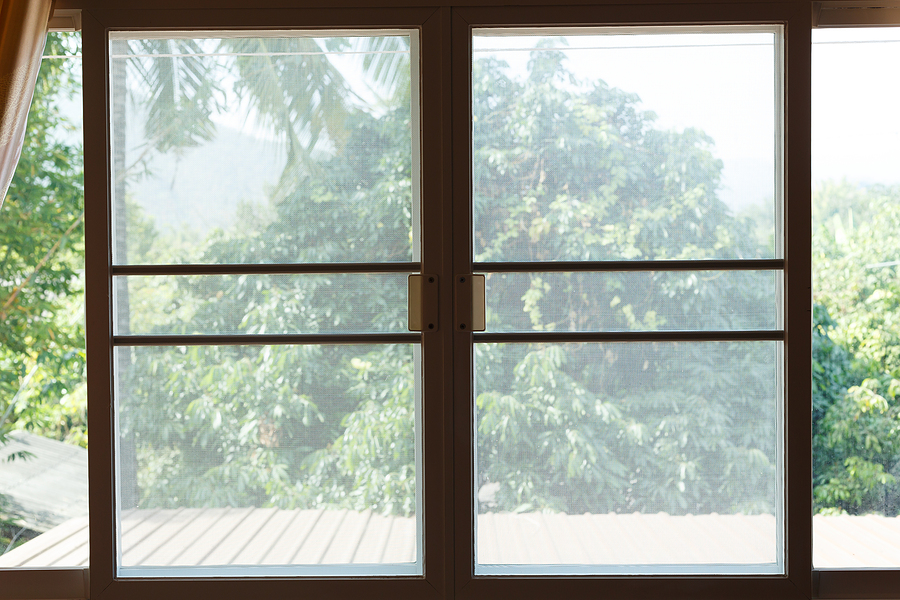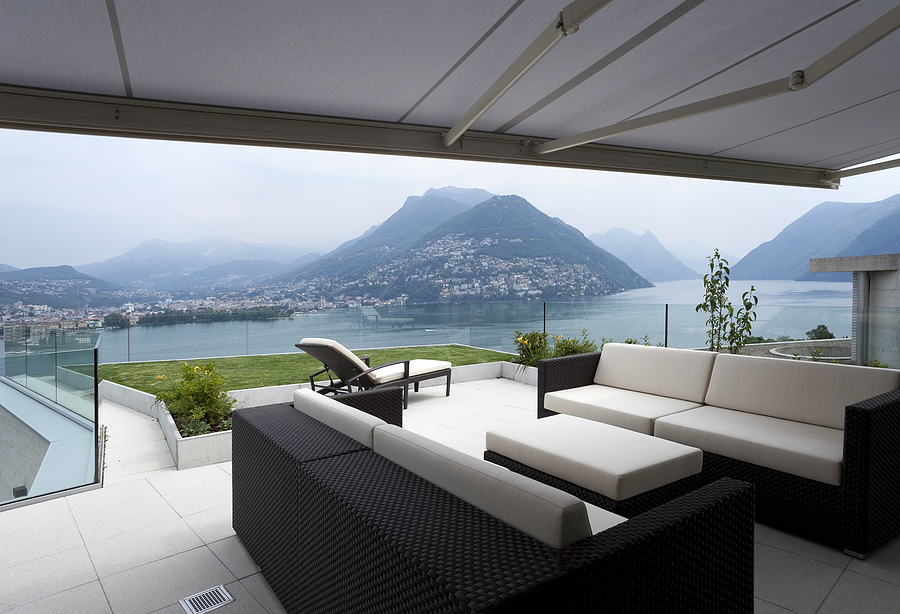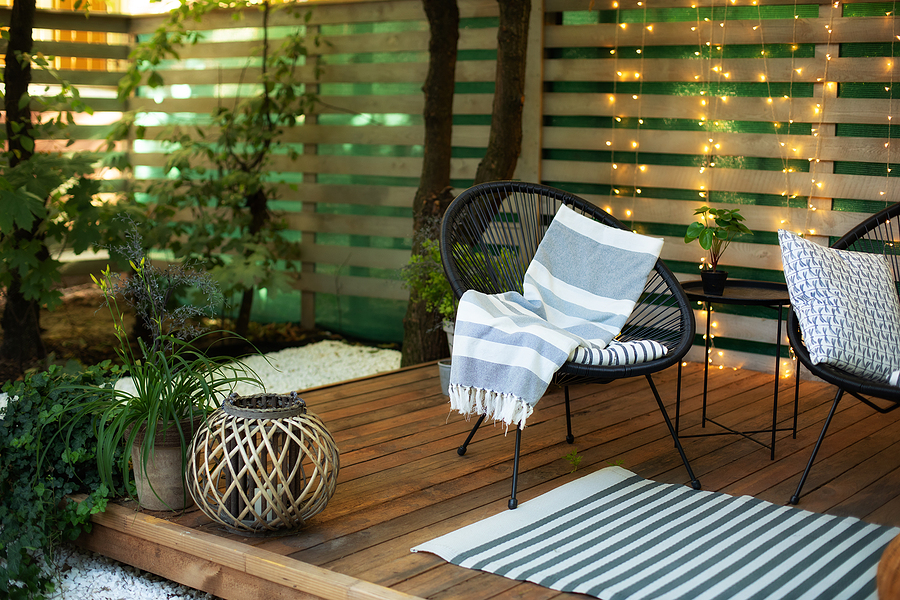Blocking the Heat Before It Hits Your Home
When the summer sun beats down on your home, it’s not just your comfort that takes a hit—your energy bills do too. That’s where exterior solar screens come in. These smart, stylish additions are designed to reduce solar heat gain before it ever reaches your windows, helping your home stay cooler naturally. Whether you’re tired of your AC working overtime or looking for ways to make your house more energy-efficient, solar screens are a practical and powerful solution.
Unlike interior shades or blinds, which trap heat inside, exterior solar screens stop the sun’s rays before they hit the glass. That key difference can make a surprising impact not just on temperature, but on overall energy performance. Let’s break down how solar screens work, how much they can save you, and why they’re a growing trend in energy-smart home design.
How Exterior Solar Screens Actually Work
At their core, exterior solar screens are mesh fabrics mounted outside your windows or patio doors. These tightly woven materials are specifically designed to block a percentage of the sun’s rays—typically between 80% and 95%—depending on the screen’s opacity and weave.
The idea is simple: stop the heat before it penetrates the glass. By preventing solar radiation from entering your home, the interior stays cooler, which means your HVAC system doesn’t have to work nearly as hard to maintain a comfortable temperature. This passive cooling method can make a noticeable difference during hot months, especially on south- and west-facing windows.
Some solar screens are fixed, but many homeowners are opting for retractable awnings and roll-down exterior screens that can be adjusted throughout the day. Want the sunlight in the morning and full shade by afternoon? A retractable system lets you choose based on your needs and the weather.
The Real Impact: Energy Savings with Solar Screens
Let’s get to what really matters—how much money can solar screens save you? According to a report from the U.S. Department of Energy, windows are responsible for up to 30% of a home’s heat gain or loss. By blocking solar heat before it enters the home, energy savings with solar screens can be significant.
Homes with properly installed exterior solar shading, like solar screens or retractable awnings, can cut cooling costs by up to 25–35% during the hottest months. That kind of savings adds up quickly, especially for households with larger windows or older HVAC systems that struggle to keep up.
And here’s something interesting: Solar screens don’t just help with air conditioning. In the winter, retractable models can be rolled up to let in natural heat and light, reducing the need for electric lighting and warming up your space naturally. It’s a year-round solution for better energy efficiency.
Solar Screens vs. Other Shading Options
You might be wondering—why not just use interior blinds, curtains, or tinted windows? While all of these options offer some level of light control, they don’t tackle the problem as effectively as exterior solar screens.
Here’s why: once sunlight passes through your windows, the heat has already entered your home. Interior window treatments may help reflect or diffuse it, but they can’t prevent heat buildup. Solar screens, on the other hand, act like a barrier. They reduce glare and UV rays while significantly lowering indoor temperatures before your AC even kicks on.
A well-designed setup using retractable awnings and solar screens together can extend your outdoor living space, reduce sun damage to your interior furniture, and dramatically cut your cooling bills—all at once.
UV Protection You Can Feel (and See)
Another often-overlooked benefit of exterior solar screens is their ability to block harmful ultraviolet (UV) rays. These rays are responsible for fading carpets, flooring, drapes, and furniture over time. With solar screens installed, you can enjoy natural light without worrying about long-term sun damage.
Most solar screens block around 90% of UV rays, depending on the fabric density. That means you can preserve your home’s interior while also enjoying filtered sunlight—no more living in the dark just to stay cool.
Retractable Screens: Versatility Meets Function
Many homeowners today are choosing retractable awnings and retractable solar screens for the added flexibility. Fixed screens are great, but they don’t offer much control. Retractable systems, however, let you adapt your home’s shading throughout the day and across seasons.
On a hot summer afternoon, drop your solar screens to block the harsh rays. In the cooler evening hours, raise them back up to enjoy the view and the breeze. It’s this kind of adaptability that makes retractable systems perfect for patios, porches, and large glass doors.
These screens can be operated manually with a crank or automatically with a remote control or smart home system. Some models even come with wind sensors that retract the screens during storms to prevent damage.
Stylish and Subtle Design Options
Worried about curb appeal? Don’t be. Today’s exterior solar screens come in a variety of fabrics, colors, and mounting options that blend seamlessly with your home’s exterior. Whether your house is traditional, modern, or somewhere in between, there’s a solar screen style that fits your aesthetic.
Mesh fabrics range from light to dark hues, and darker shades tend to provide better outward visibility while still reducing heat and glare. If you’re pairing screens with retractable awnings, you can coordinate fabric and frame finishes for a polished, high-end look.
A Smart Investment for Energy-Conscious Homeowners
Adding exterior solar screens is more than just a cosmetic upgrade—it’s a smart, long-term investment in your home’s energy performance. With rising electricity costs and warmer summers, homeowners are turning to passive cooling solutions that reduce their reliance on AC and keep indoor temperatures comfortable.
Between the cost savings, improved comfort, and UV protection, solar screens deliver value season after season. And when combined with retractable awnings, you get even more flexibility and coverage options for patios, windows, and outdoor living areas.
Stat to Know: Solar Screens Can Pay for Themselves
Here’s a compelling stat: depending on your climate and cooling usage, solar screens can pay for themselves in as little as two to four years through energy savings alone. And because they help extend the life of your HVAC system by reducing its workload, you’ll save on maintenance and replacement costs too.
It’s no wonder more homeowners are choosing solar screens as part of their energy-efficiency upgrades.
Conclusion: Cool, Comfortable, and Cost-Effective
If your home heats up fast in the summer or your utility bills keep climbing, it might be time to install exterior solar screens. They offer real, measurable energy savings with solar screens, all while improving comfort, blocking UV rays, and adding sleek curb appeal. Whether you go with a fixed model or choose the added control of retractable awnings, this simple upgrade can transform how your home handles the heat.
Want to make your home cooler, smarter, and more energy-efficient?
Explore custom exterior solar screens and retractable awnings at Canvasworks Inc.—designed to fit your home and your lifestyle perfectly.




 © 2024 CanvasWorks Inc. All Rights Reserved.
© 2024 CanvasWorks Inc. All Rights Reserved.